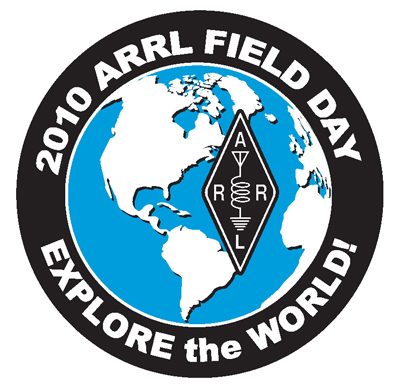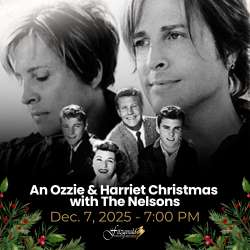 “Ham radio works when other systems don’t.” It’s is more than just a slogan to ham-radio operators as they send messages in many forms in all sorts of emergencies without the use of phone systems, internet or any other infrastructure that can be compromised in a crisis.
“Ham radio works when other systems don’t.” It’s is more than just a slogan to ham-radio operators as they send messages in many forms in all sorts of emergencies without the use of phone systems, internet or any other infrastructure that can be compromised in a crisis.
The Amateur Radio Operators of the Flagler Emergency Communications Association, all of them licensed by the Federal Communications Commission, will join thousands of such hams around the country, testing their abilities to keep communications links open during the most challenging of emergency conditions.
With an eye on predictions of a more active 2010 hurricane season, FECA “hams,” as they’re often called, will operate under emergency conditions for 24 hours beginning at 2 p.m., Saturday, June 26 from the Flagler Beach Fire Department facility at 320 South Flagler Avenue. The public is welcome to stop in at any time to view the operation, meet and greet the operators and learn more about ham radio. There is no charge and no advance arrangements need be made. (They can even help you get on the air.)
The Flagler event is part of an annual national American Radio Relay League Field Day test during which thousands of hams operate using emergency or alternate power sources under simulated emergency conditions. It is the climax of the week long “Amateur Radio Week” sponsored by the ARRL, the national association for Amateur Radio.
Over the past year, ham radio operators have provided critical communications in emergencies across the country, including in California wildfires, Oregon and Michigan storms, tornadoes and other events around the globe. During Hurricane Katrina, amateur radio was often the only way people could communicate. Hundreds of volunteer hams traveled south to save lives and protect property. On an international level, earthquakes in Haiti and Chile have proven the worth of the readiness, resourcefulness and resilience of ham radio operators. When trouble is brewing, ham radio people are often the first to provide critical information and communications.
During the June 26-27 event, the public will have a chance to meet and talk with these ham radio operators and see for themselves what the amateur radio service is about. Showing the newest digital and satellite capabilities, voice communications and even historical Morse code, hams from across the USA will be holding public demonstrations of emergency communications abilities. Elsewhere, using only emergency power supplies, ham operators will construct emergency stations in parks, shopping malls, schools and back yards around the country. More than 30,000 amateur radio operators across the country participated in last year’s event.
“We hope that people will come and see for themselves, this is not your grandfather’s radio anymore,” said Allen Pitts of the Relay League. “The communications networks that ham radio people can quickly create have saved many lives in the past months when other systems failed or were overloaded.”
There are 650,000 Amateur Radio licensees in the US, and more than 2.5 million around the world. Ham volunteers provide emergency communications for thousands of state and local emergency response agencies, all for free. To learn more about Amateur Radio, go to www.emergency-radio.org.






























Leave a Reply